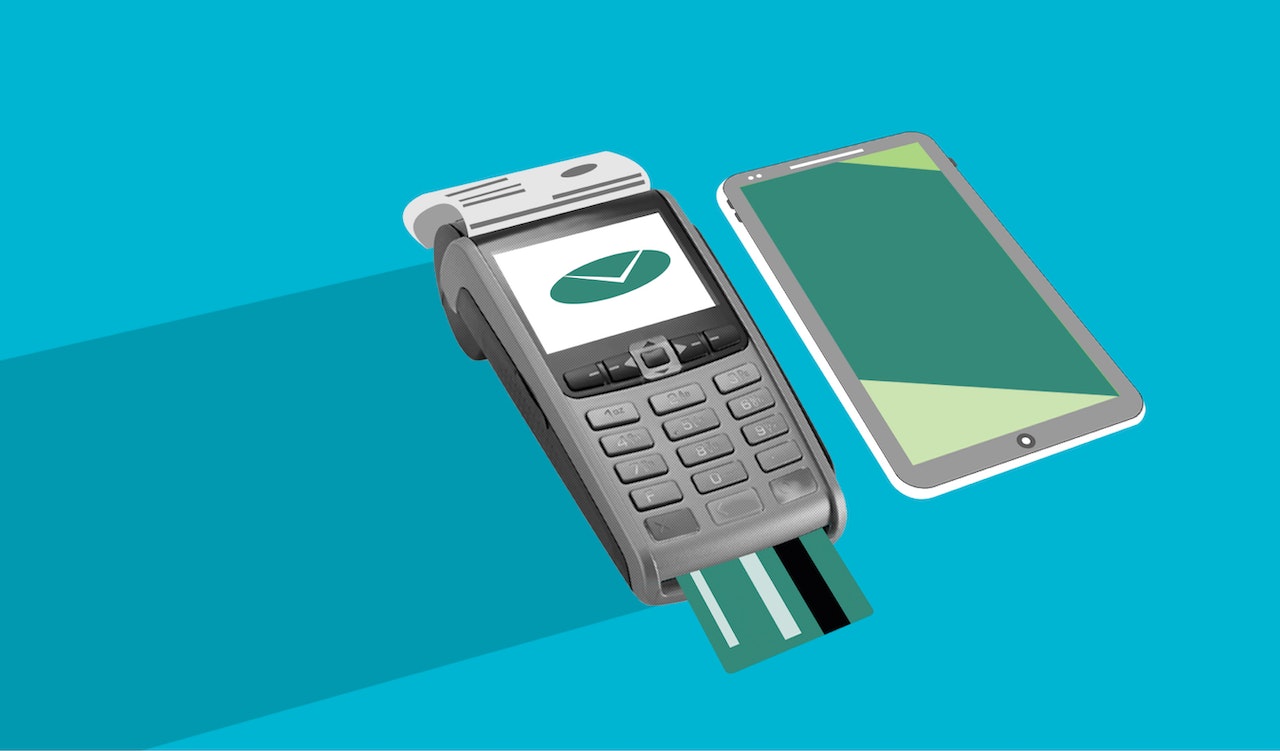background & purpose
According to The World Bank, over 85 million people — more than 4 out of 10 Nigerians, lack access to electricity. This makes it an attractive market for alternative energy solutions. As such, our client, a startup specialising in the rental distribution of lanterns in un-electrified areas, is considering entry into the Nigerian market. However, serving such underdeveloped regions with unreliable payment infrastructures is no simple matter.
In such predominantly rural and un-electrified regions, traditional banking services may be limited or inaccessible. According to surveys in 2021, the most common payment methods in Nigeria are cash and debit card, and nearly 1 in 2 Nigerian adults do not use any formal (regulated) financial services. This indicates a significant portion of consumers who are ill-equipped to access existing products and services in the market.
As such, consumers often turn to microfinance institutions who offer financial services tailored to the needs of underserved communities, providing small loans, savings accounts, and other financial products. By leveraging microfinance networks, businesses can increase its reach and accessibility to potential customers. Additionally, payment agents also serve as important distribution points for access to various products and services, including remittance in such rural and remote areas.
By understanding the landscape of microfinance institutions and payment agents, our client can better tailor their payment collection systems to suit the local population’s preferences and capabilities, thus increasing accessibility to their products. As such, we conducted a field survey on the penetration of microfinance and payment agents, as well as on the remittance and deposit systems in Nigeria.
project scope & action
Research on the penetration of microfinance, payment agents, and financial institution
On-site survey of deposit and remittance user flows and mechanisms for each mobile banking service
Signal coverage surveys in key local areas
DELIVERABLES
- Nigerian Bank agents by region

- Nigerian telecommunication coverage by region

- Deposit and remittance user flow
- Local Research








